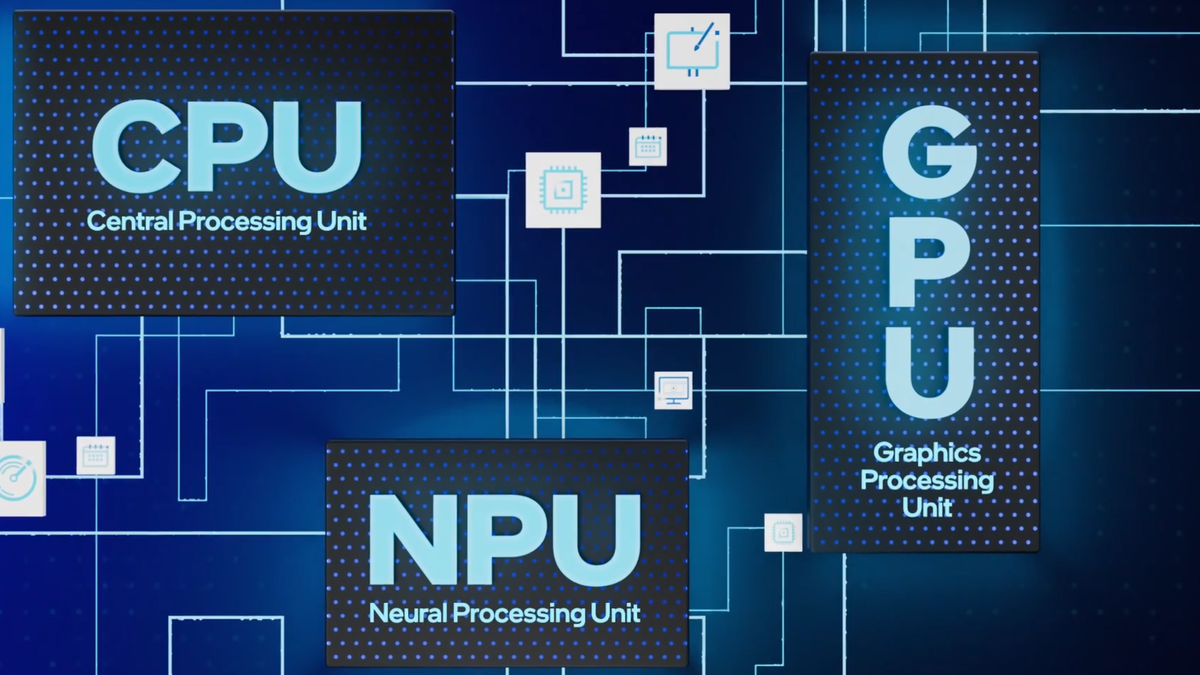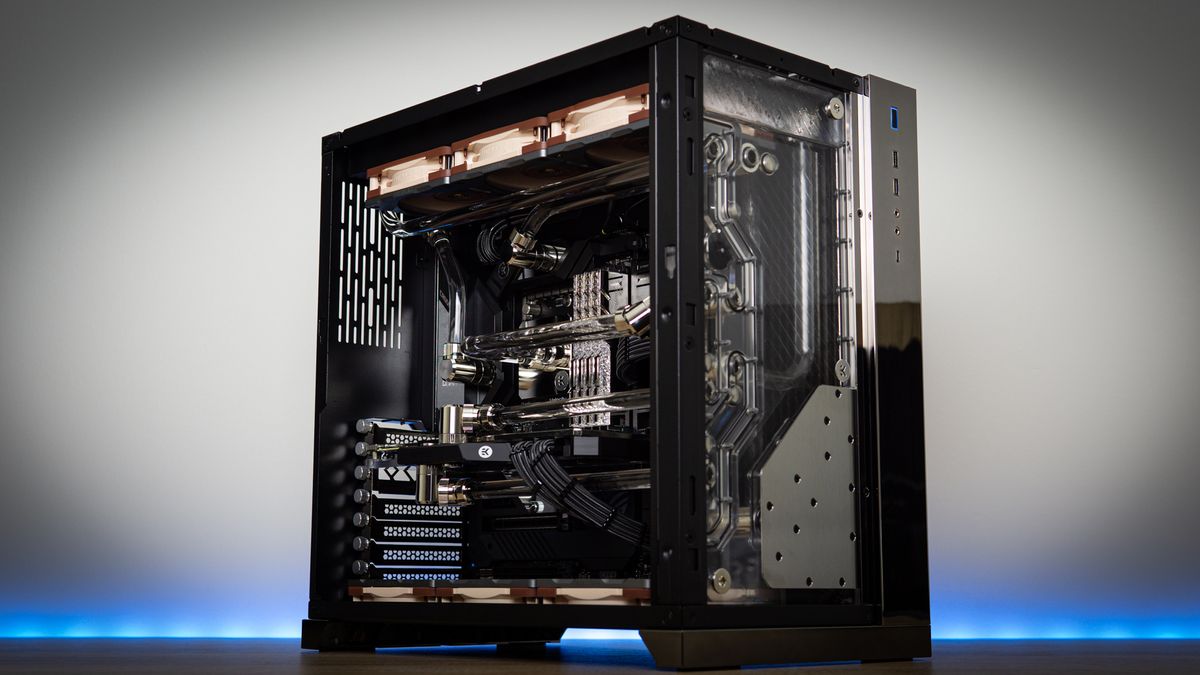Western Digital’s newly launched ePMR-powered UltraSMR HDDs can store up to 32TB, a new record for shingled magnetic recording-based drives.
Thanks to ePMR, which WD has used since 2020 to improve HDD capacity, and the storage company’s much newer UltraSMR technology, WD introduced an 11-disk design for the 32TB Ultrastar DC HC690. WD’s previous champion, the Ultrastar DC HC680, had 28TB of storage thanks to a 10-disk design and was the company’s first drive to use UltraSMR tech.
While the HC690 does have 4TB or roughly 14% more storage than its predecessor, its performance is slightly down. The HC680 hit 265 MB/s, but WD says the HC690 is rated for 257 MB/s. Although a 3% performance loss doesn’t sound like much, it would eventually make a noticeable difference in a long read or write operation.
WD touts that large drives like the HC690 are ideal for AI computers since a large amount of data is required to train AI models, which can also create lots of data (like faked video game trailers) once up and running. Ultimately, the HC690 is just a bigger storage device, so WD might discuss its suitability for AI simply because it’s the current zeitgeist.
It may seem strange to use a traditional storage medium for AI rather than much newer solid-state drives, but SSDs are still relatively expensive for the capacity they offer. HDDs are a much more cost-effective solution for long-term data storage, where performance is less of a priority, perhaps even for AI.
WD also announced the 26TB Ultrastar DC HC590, which uses conventional magnetic reading (CMR) technology and is a direct successor to the 24TB HC580. This CMR-based drive also has a slight performance reduction compared to its predecessor: 288MB/s, down from 298MB/s. WD Gold variants of the 26TB HDD are also available.
Although WD is currently the density champion, its rivals are working on their next-generation drives with as much capacity, if not more. In May, Toshiba claimed it achieved 32TB using heat-assisted magnetic recording (HAMR) technology and 31TB using microwave-assisted recording (MAMR).
For its part, Seagate is researching multi-level HAMR technology, which the storage company hopes will allow it to make 120TB or larger HDDs by 2030. This would be accomplished by using multiple storage layers on a single disk that could potentially have 10TB of storage, much higher than the ~3TB disks that WD uses in its latest HDDs.

 17 hours ago
5
17 hours ago
5








 English (US) ·
English (US) ·